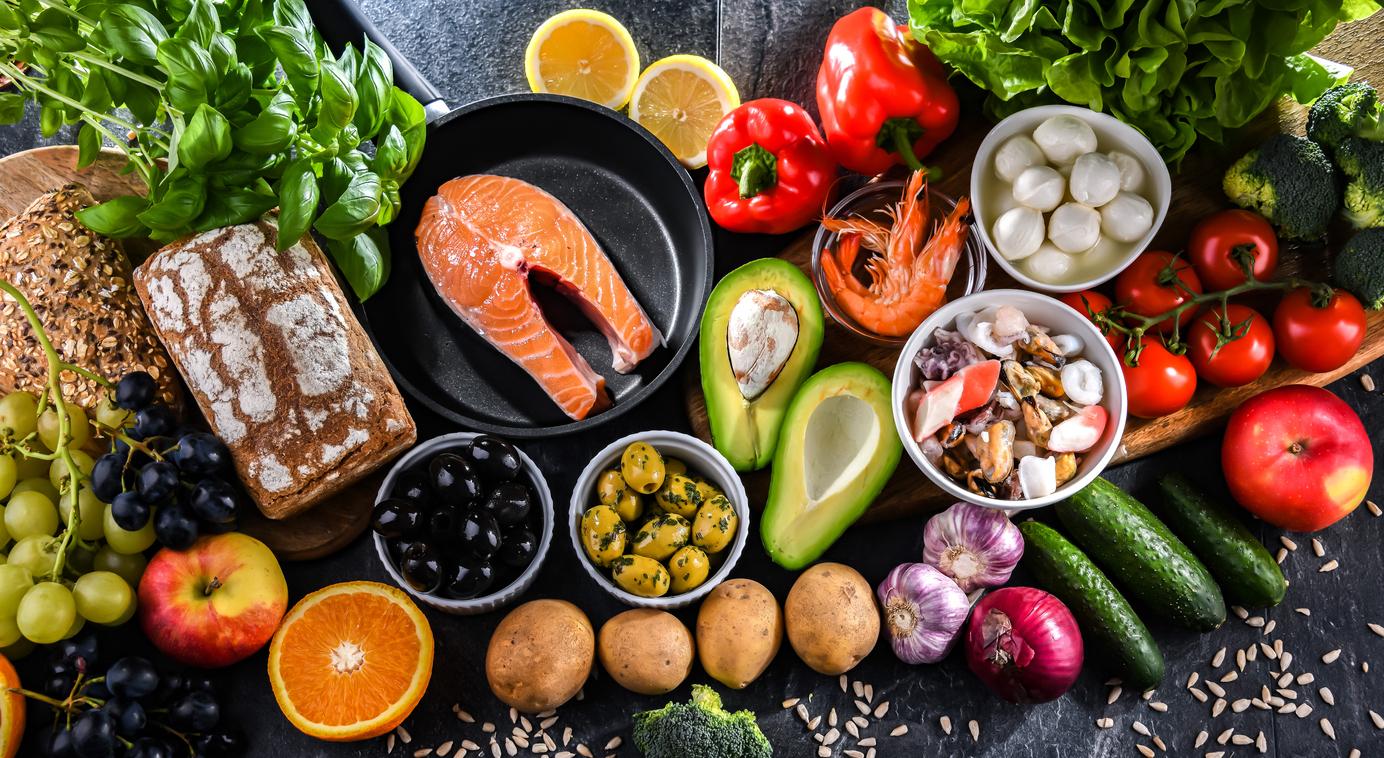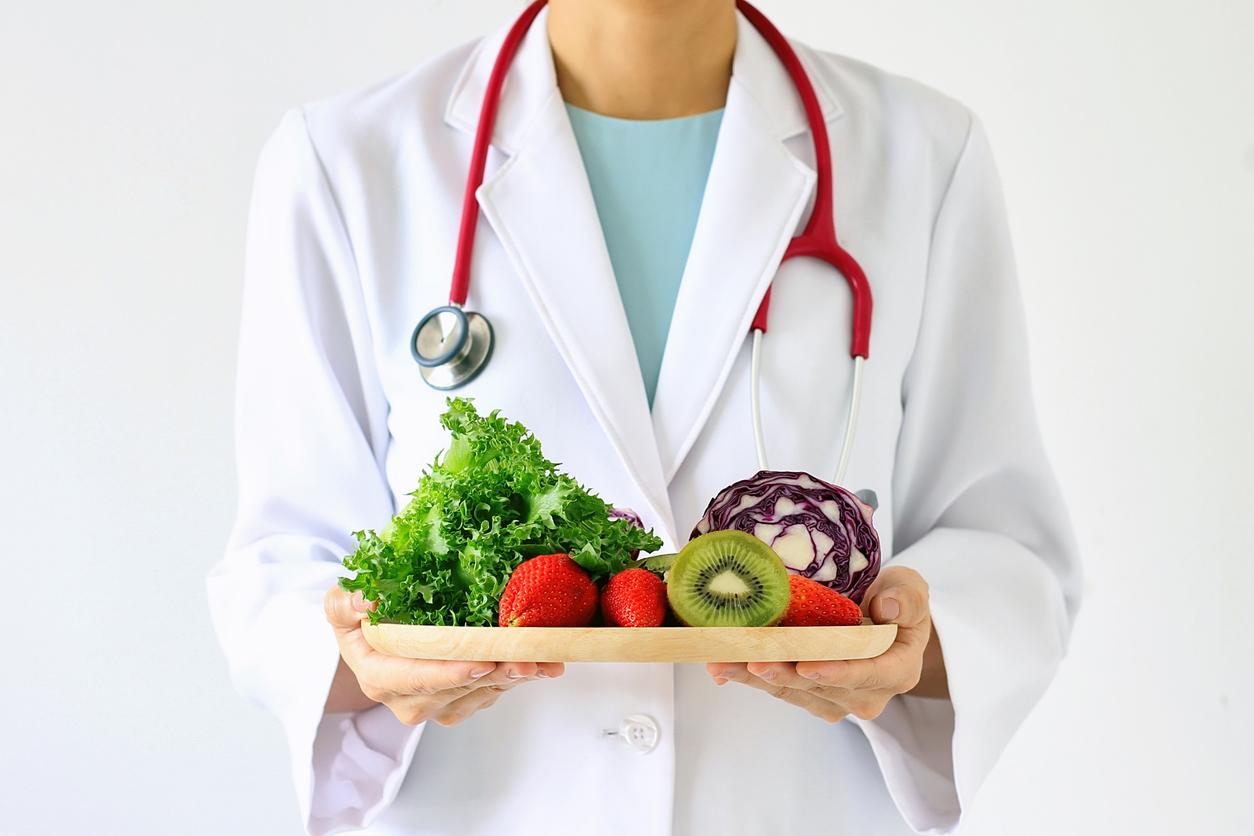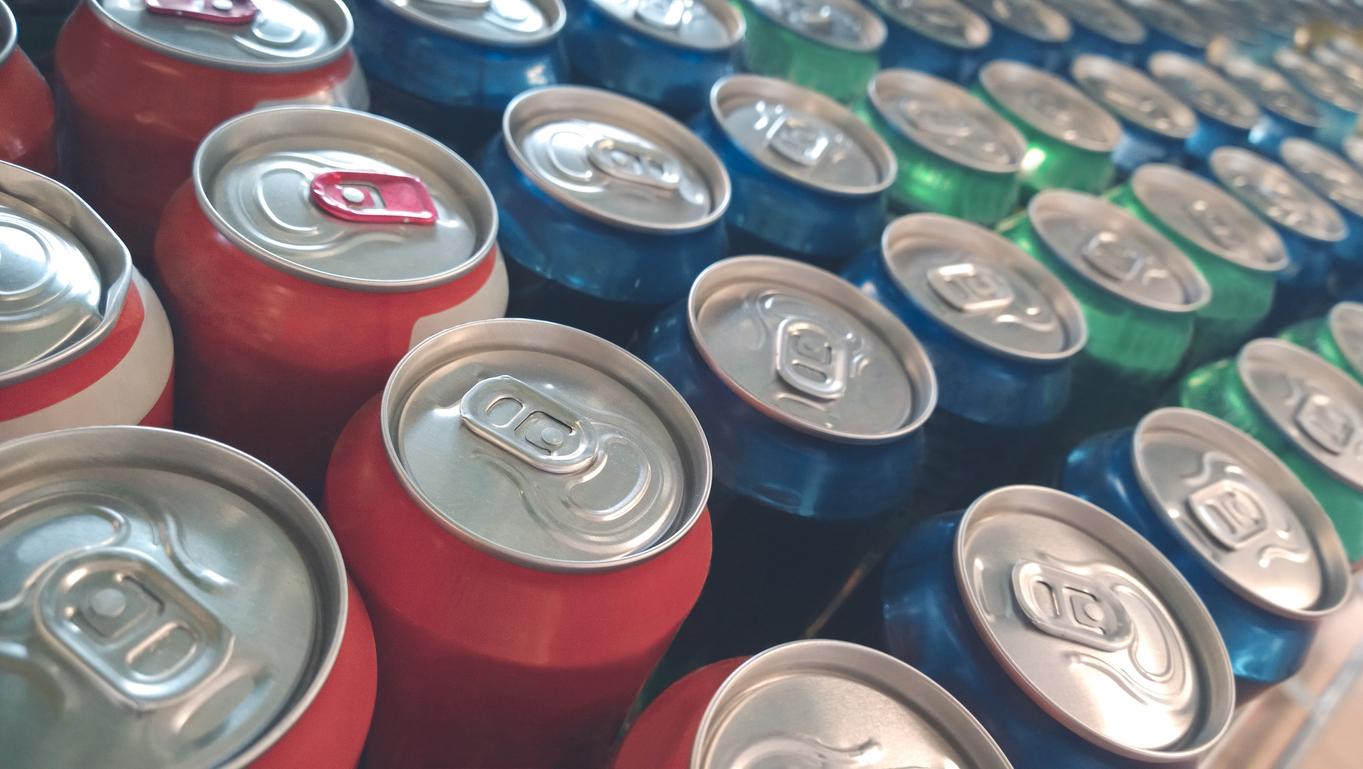The French want to know more about what they eat. They are asking for more transparent information on chemicals and GMOs on their menu.
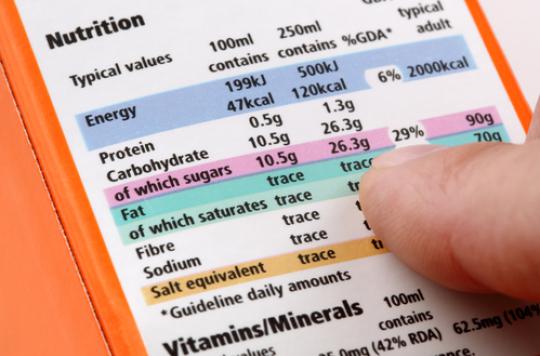
The French want more transparency on the content of their plate. Questioned by INRA (1) and CLCV (2), 2,000 consumers gave their point of view on the foods available in supermarkets. The results of their investigation are eloquent: although the majority of citizens rarely consult packaging, they still plead in favor of information that is both richer and clearer.
A fifth of customers not paying attention
Faced with products in stores, 21% of consumers make their choice without referring to the labels. This is especially the case among people with low incomes or low levels of education. Habits are bad in front of the window… which is not necessarily the case at home. A third of supermarket customers pay attention first to the price of products and then to their origin.
Nutritional information and the various labels come second, with a quarter of the volunteers referring to it. Overweight and obese people tend to neglect these indicators, notes INRA. In last position are the impact of products on the environment and corporate social responsibility which attract more attention from older people.
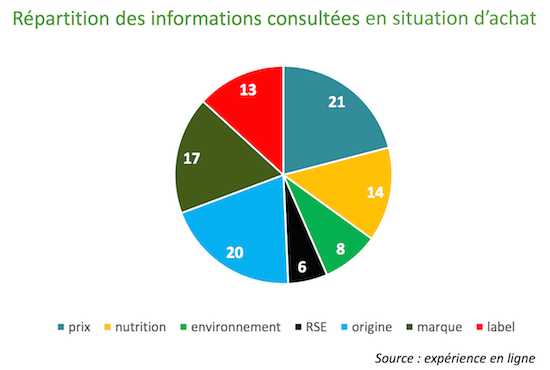
GMOs in the crosshairs
But bad habits don’t mean bad intentions. Thus, 97% of volunteers cite at least one piece of information to add to the packaging. “The desire for additional information, which is not all used at the time of purchase, is not necessarily contradictory,” explains INRA. It can reveal other strategies on the part of consumption: future use after purchase, use delegated to opinion leaders or their representatives. “
In fact, the information preferred by participants is useful after the purchase. They want in priority to know if chemicals or GMOs have been included in the preparation of the products. They also want more information on their origin, but also on animal welfare or working conditions in the company.
The privileged short circuit
This information seems to have an impact on perception, and therefore on purchases: products of French origin, for example, are perceived as better. Geographical proximity also conveys the idea of sustainable food. “This raises the question of the relevance of this indicator and the possibility of constructing a synthetic indicator that could be more representative of sustainable food,” said INRA.
But a major bias emerges from this work: the consumers surveyed spent more time choosing on the Internet than when shopping in stores. And despite everything, only a quarter of the information available is consulted. This parameter must therefore be improved.
(1) INRA: National Institute for Agricultural Research
(2) CLCV: National association for the defense of consumers and users
.








